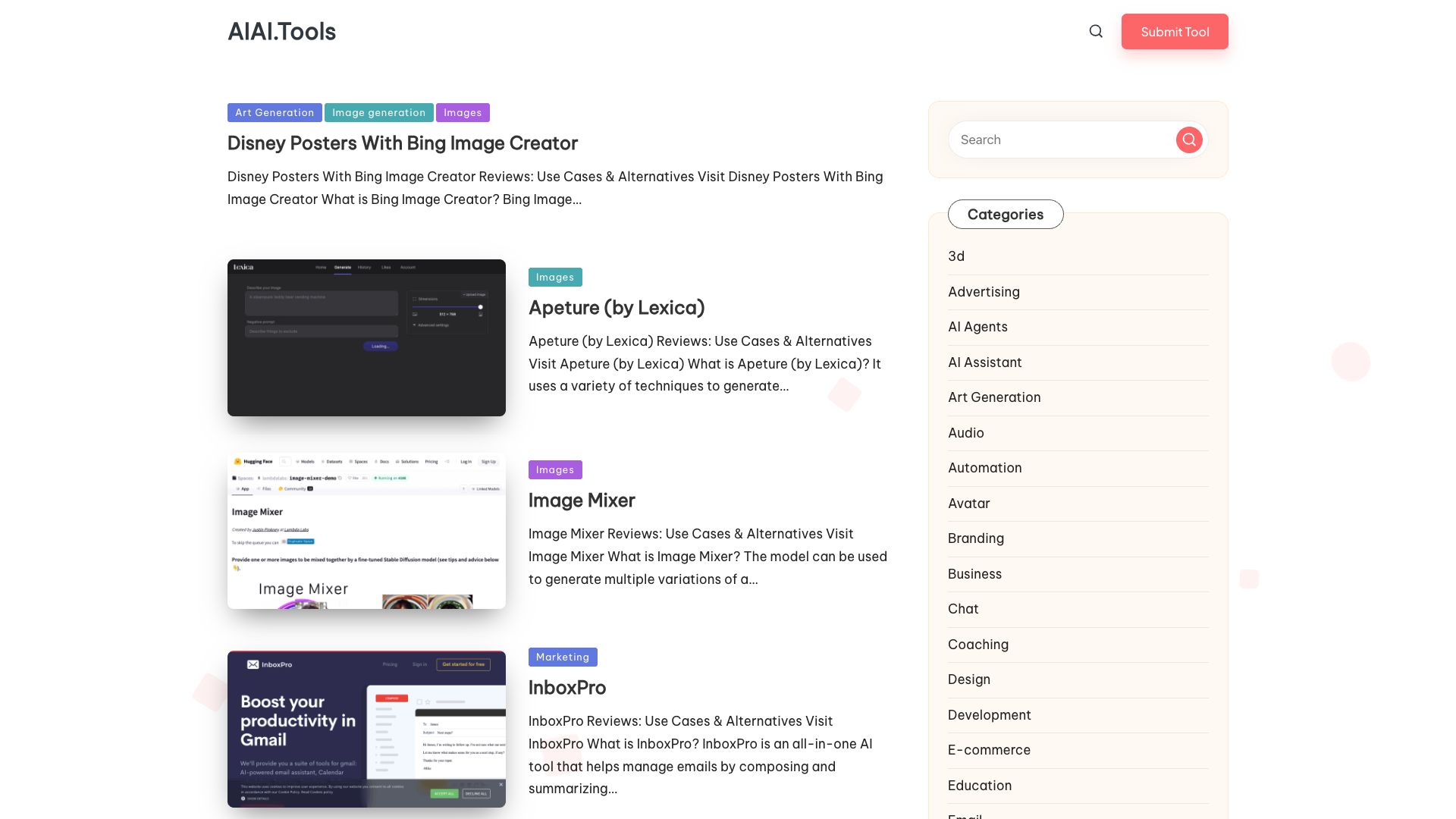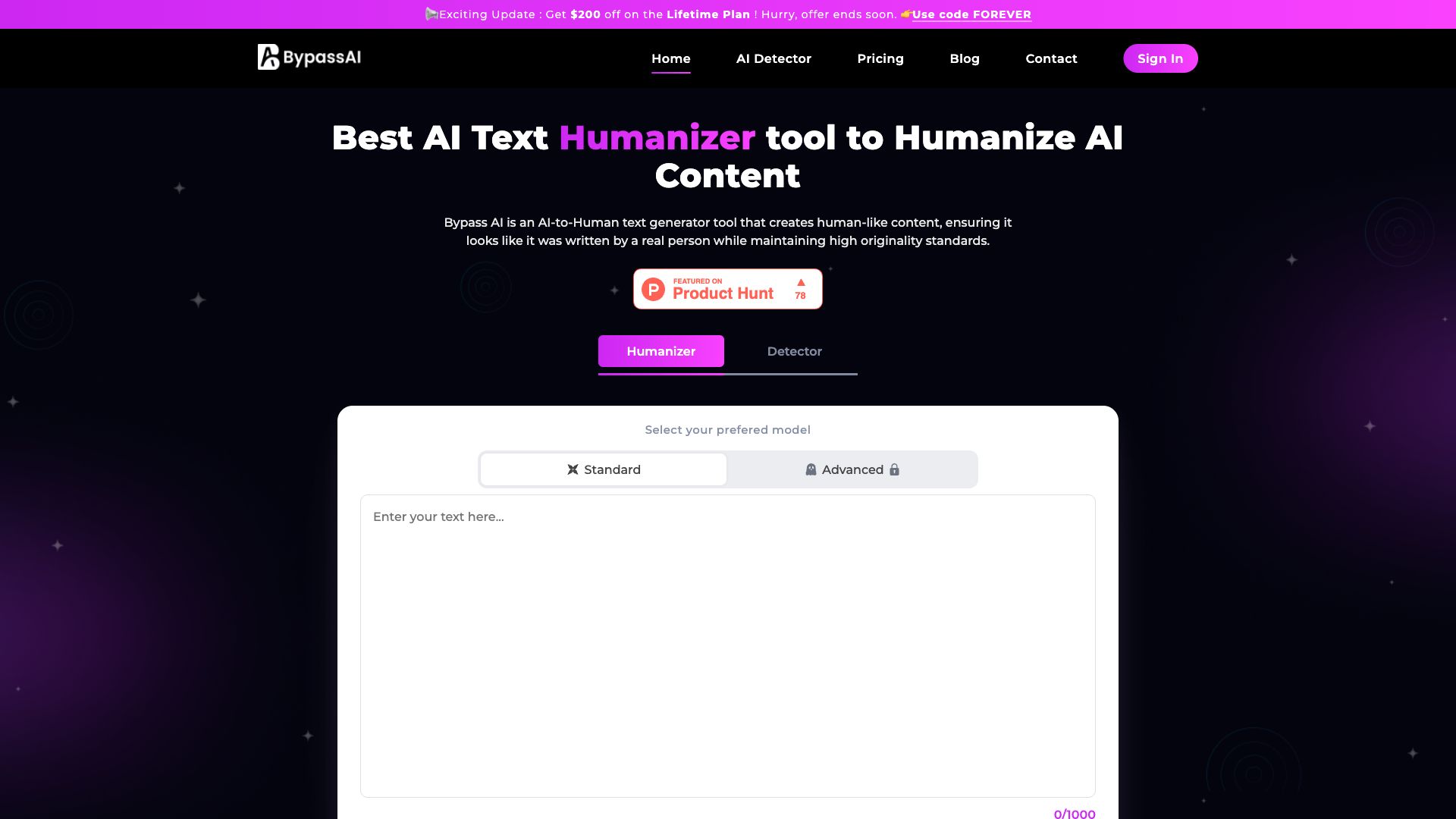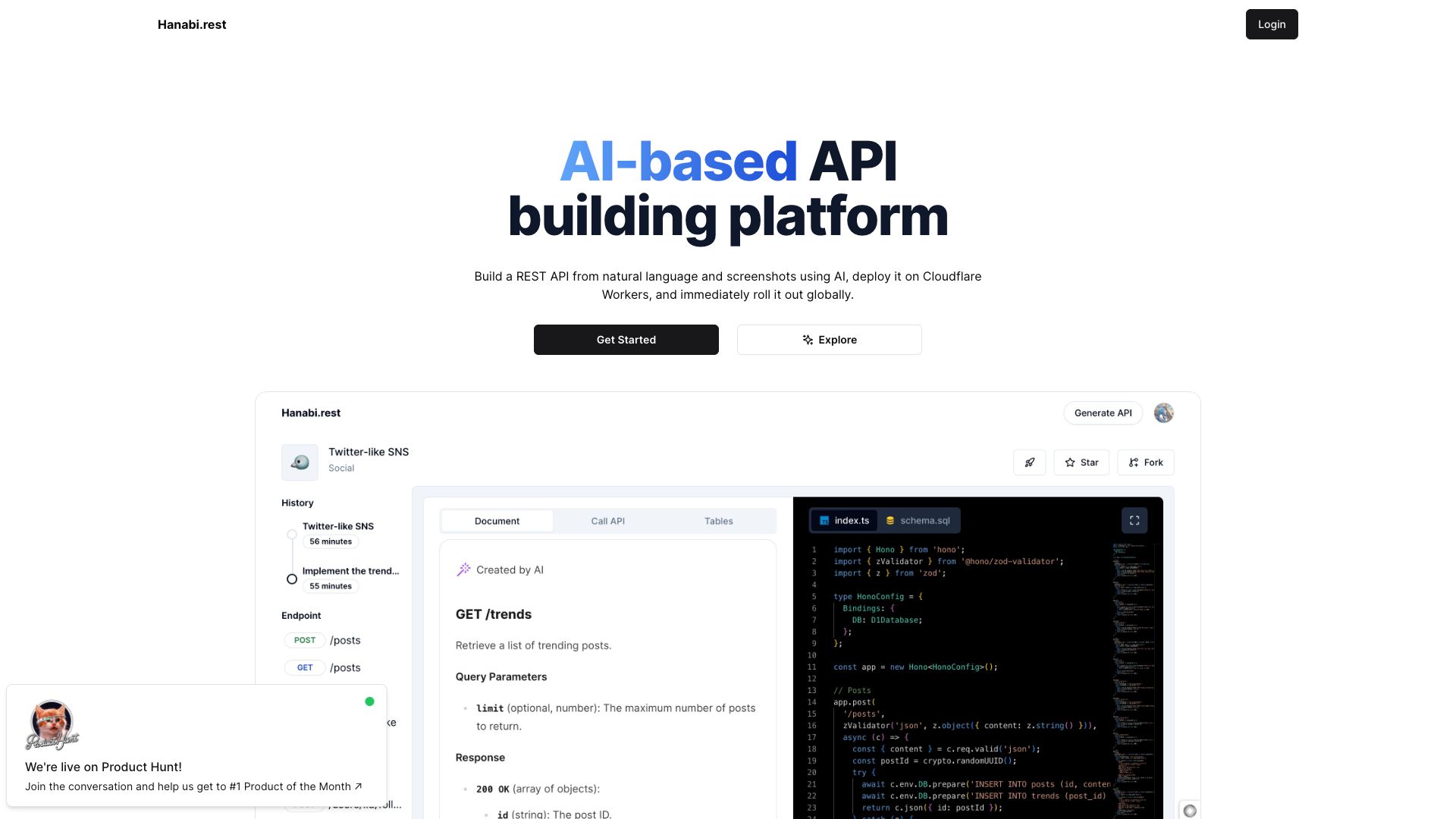Awesome AI Detector Tools in 2024
Discover the awesome 4 AI tools for 2024 By Candytools
Discover the largest AI tools directory. Ai tools list offers an extensive collection updated by ChatGPT. Elevate your personal and business productivity.
Powered by Oraichain, DeFi Lens is an AI crypto tool to search for alphas, obtain real-time market insights and build your own strategies.
BypassAI provides tools to bypass AI content detectors, allowing your AI-generated content to appear human-written. Ensure your content remains undetected and maintain authenticity across the web.
Hanabi provides an API that uses AI to simplify and enhance online checkout processes. Increase conversions and reduce cart abandonment with our intelligent checkout solutions.
More AI Tools Categories
What is AI Detector?
"AI Detector" isn't a standardized term, but it can refer to two main concepts:
1. Detecting AI-Generated Content:
These tools aim to identify text or code that was produced by AI systems like ChatGPT or DALL-E. They analyze various characteristics of the content, including:
- Predictability and Repetition: AI-generated text can exhibit repetitive patterns or overuse common phrases.
- Statistical Anomalies: The frequency of certain words or grammatical structures can differ from human-written text.
- Lack of Originality: AI models often borrow heavily from their training data, leading to less original outputs.
Why use AI content detectors?
- Academic Integrity: Educators use them to detect plagiarism and ensure students submit original work.
- Content Quality Control: Businesses may use them to filter out low-quality or unoriginal AI-generated content.
- Combatting Misinformation: Detecting AI-generated fake news or propaganda is crucial for maintaining trust and accuracy online.
Limitations of AI content detectors:
- Imperfect Accuracy: Current detectors are still under development and can produce false positives or negatives.
- Evolving AI Models: As AI models become more sophisticated, detectors need to constantly evolve to keep up.
2. Detecting Objects or Events Using AI:
This refers to AI systems used for tasks like:
- Image Recognition: Identifying objects, faces, or scenes in images or videos.
- Speech Recognition: Converting spoken audio into text.
- Anomaly Detection: Identifying unusual patterns or events in data, like fraudulent transactions or system failures.
Examples of AI detection systems:
- Self-driving cars: Use AI to detect pedestrians, other vehicles, and road signs.
- Security cameras: Employ AI for facial recognition or to detect suspicious activity.
- Medical imaging: AI assists in identifying tumors or other anomalies in scans.
In both contexts, "AI Detectors" represent the growing use of AI to analyze and interpret data, enabling us to understand and respond to various situations more effectively. However, it's crucial to be aware of the limitations of these technologies and use them responsibly.



